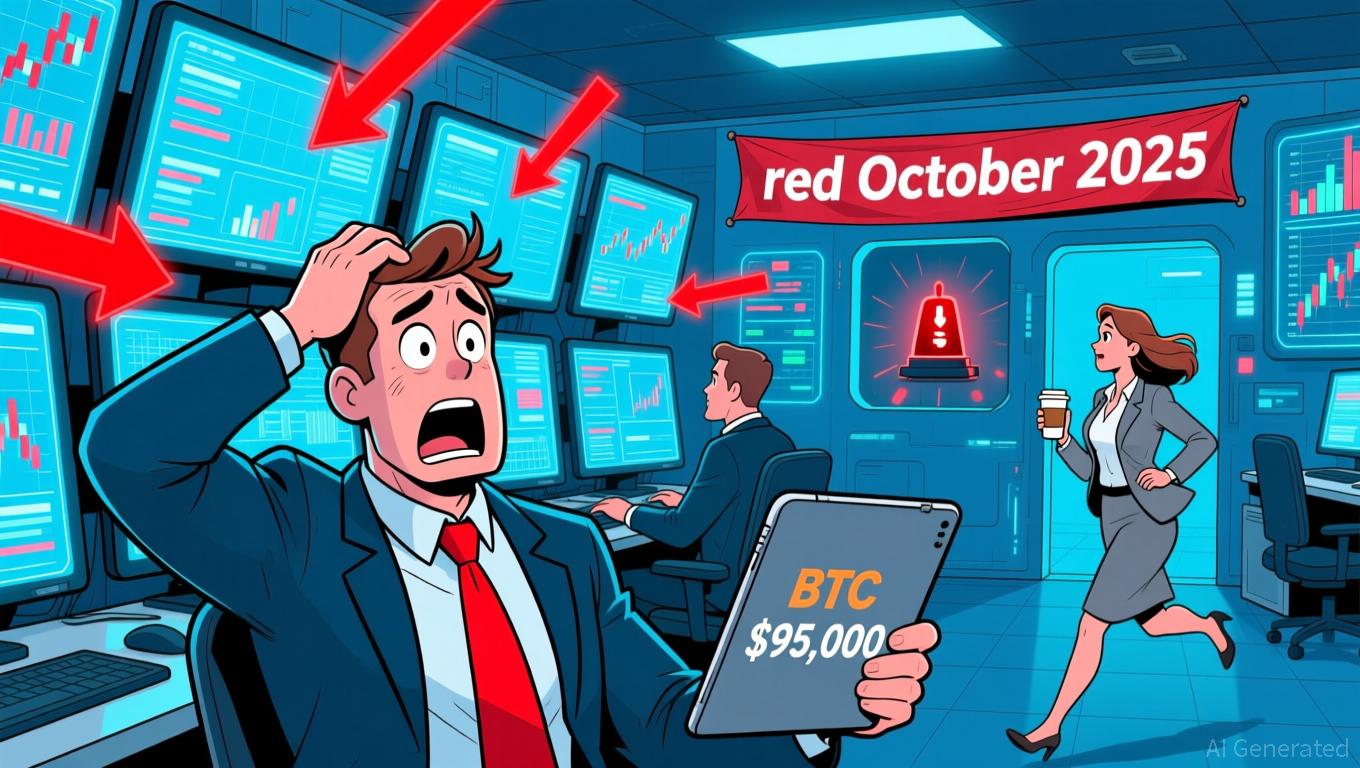Introduction
The semiconductor industry is a cornerstone of modern technology, powering everything from smartphones to advanced computing systems. However, investing in this dynamic sector can be challenging due to its inherent volatility. This article will explore the concept of volatility in the semiconductor industry, its impact on stock market movements, and provide actionable strategies for investors looking to capitalize on this sector.
Core Concept Explanation
Volatility refers to the degree of variation in the price of a financial instrument over time. In simpler terms, it measures how much the price of a stock can rise or fall within a short period. High volatility implies significant price fluctuations, while low volatility indicates more stable price movements. In the semiconductor industry, volatility is often driven by factors such as technological advancements, supply chain disruptions, and shifts in consumer demand.
Application and Strategies
Understanding volatility is crucial for investors in the semiconductor industry, as it influences investment decisions and risk management strategies. Here are some strategies to navigate this volatile market:
Diversification: Spread your investments across different companies within the semiconductor sector. This reduces the risk associated with any single company facing unexpected challenges.
Long-term Perspective: Given the cyclical nature of the semiconductor industry, adopting a long-term investment horizon can help weather short-term volatility. Focus on companies with strong fundamentals and technological leadership.
Hedging: Use financial instruments like options to hedge against potential losses. Options can provide a safety net by allowing investors to lock in prices or earn premiums in volatile markets.
Stay Informed: Regularly monitor industry trends, technological developments, and global economic conditions that can impact semiconductor companies. Being informed helps in making timely and informed decisions.
Case Study Analysis
A notable example of volatility in the semiconductor industry is the impact of the COVID-19 pandemic on chip manufacturers. In 2020, supply chain disruptions led to shortages, driving up prices and causing significant stock price fluctuations. For instance, companies like NVIDIA and AMD saw substantial volatility as demand for graphics processing units (GPUs) surged with the rise of remote work and gaming.
NVIDIA's stock, for example, experienced sharp price movements during this period. Investors who recognized the long-term growth potential of the company's AI and data center segments benefitted from maintaining their positions despite short-term volatility. This case underscores the importance of staying focused on long-term trends and not being swayed by temporary market disruptions.
Risks and Considerations
While the semiconductor industry presents significant growth opportunities, it also comes with risks that investors should consider:
Supply Chain Vulnerabilities: Semiconductor production relies on a complex global supply chain. Disruptions can lead to shortages and impact stock prices.
Technological Obsolescence: Rapid technological advancements can render existing products obsolete, affecting company performance.
Geopolitical Risks: Trade tensions and regulatory changes can influence the semiconductor market, leading to unexpected volatility.
To mitigate these risks, investors should conduct thorough research, diversify their portfolios, and stay informed about geopolitical developments and industry innovations.
Conclusion
Investing in the semiconductor industry requires an understanding of volatility and its implications for stock market movements. By adopting strategies such as diversification, maintaining a long-term perspective, and staying informed about industry trends, investors can effectively navigate this volatile sector. While risks exist, the potential rewards from investing in a technology-driven industry make it a compelling opportunity for informed and strategic investors.





Comments
No comments yet